Being everywhere all at once
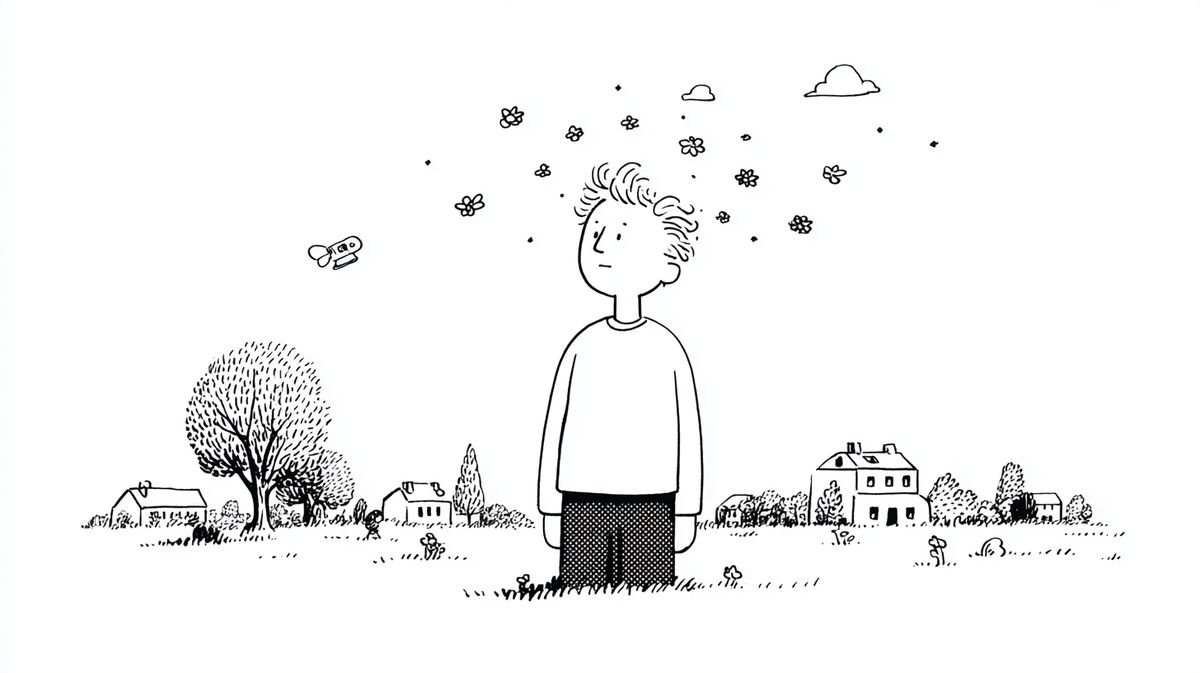
Right now I’m on the fashion runways of New York Fashion Week, right now I’m in the midst of Gen Z revolution in Kathmandu, and right now I’m in the floods of Jonglei in South Sudan.
Today is the closest I’ve ever been to omnipresence.
“What did you say?” is the default response by all the glued to screen zombies, lying to themselves they can multitask, and a fitting name for my series focused on attention, or lack thereof. It’s easy to hate on the mindless disassociation with being present. Deserving even. But there’s a very positive spin to people’s always connectedness: the ability to be present in many places at once.
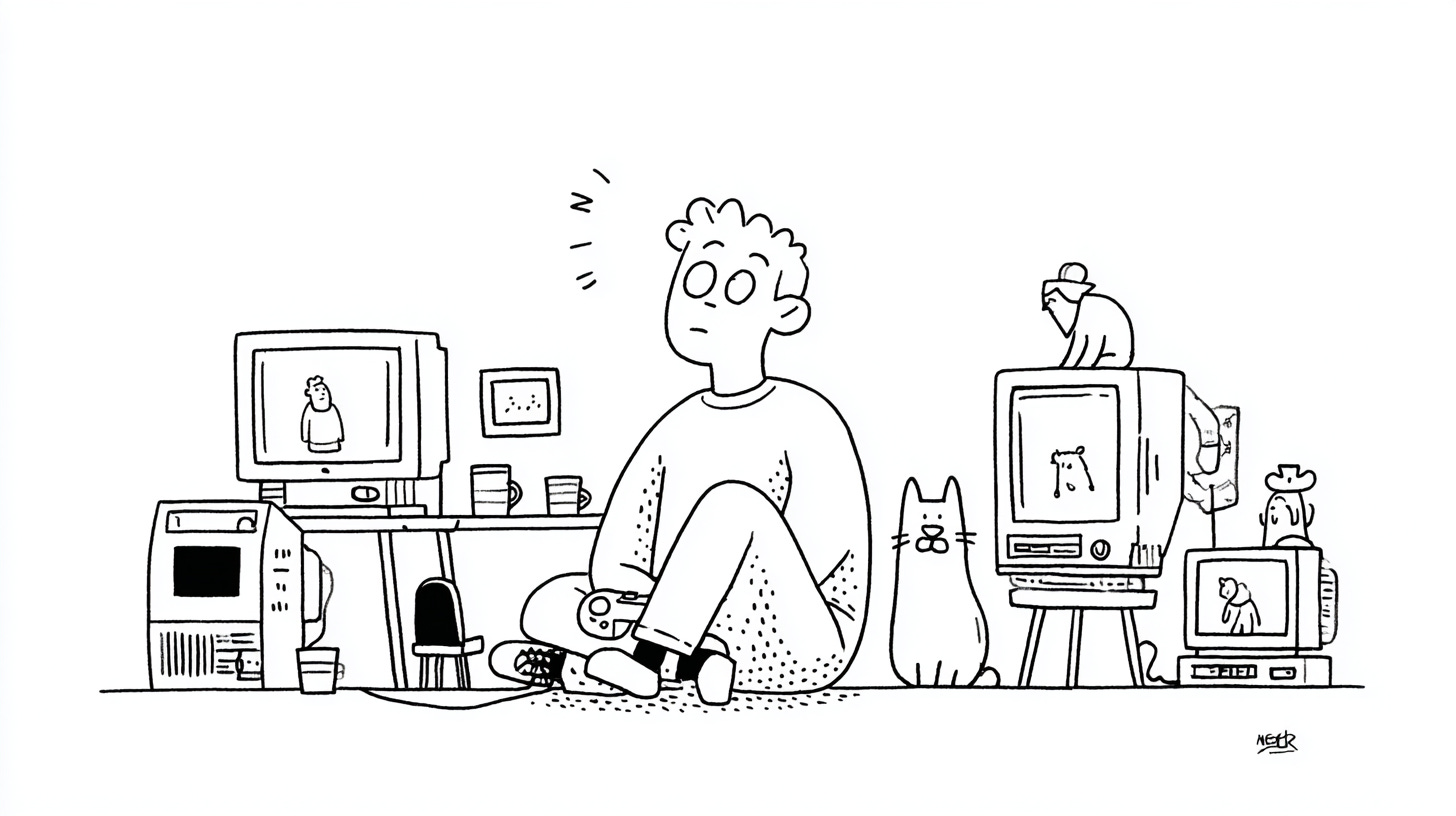
When you are present anywhere and everywhere.
There’s several reasons why omnipresence is worth discussing today.
The internet and social media teleport our presence: we appear instantly in others’ lives with a message, a post, a video; whether it's personal, work, or entertainment the digital space dominates our attention. What is the impact on our health when we can be everything everywhere all at once?
Esther Perel’s warning cuts in here: “Hyper-connectivity masks modern loneliness. A thousand virtual friends, but no one to feed your cat. Why? Because fragmented, teleported presence depletes social capital. We are everywhere but not embedded anywhere.”
Builders, soldiers, pilots, surgeons and other professionals are teleported to control remote machinery using an advanced combination of VR, AI and robotics. What have we lost without the empathy that comes through in-person interactions?
“...drone pilot often has to assess whether the target has been killed and whether any civilians were nearby … process could also include having to observe the funeral of the killed enemy, something which is not expected of combatants who are on the ground … whereas soldiers go on deployment for several months, drone pilots go home after their shift has ended, leading to a sudden shift of moral permissions.”
— A Playstation Mentality to Killing?
Clearly there’s a heavy impact on our mental state, when we just pop around speakers, screens, and flying robots, across the world.
Our dependency on technology increases as humanity ages. No one predicts we’ll see less inventions taking care of our essential and non-essential needs. The latest digital native generation only knows the always on smartphone connected universe. Generations prior saw a world of personal computers in every household, prior to that a tv and a car, and prior to that electricity everywhere. The next generation will know the tomorrowland of invasive simulations, self-driving cars, robot butlers, clerks, and teachers.
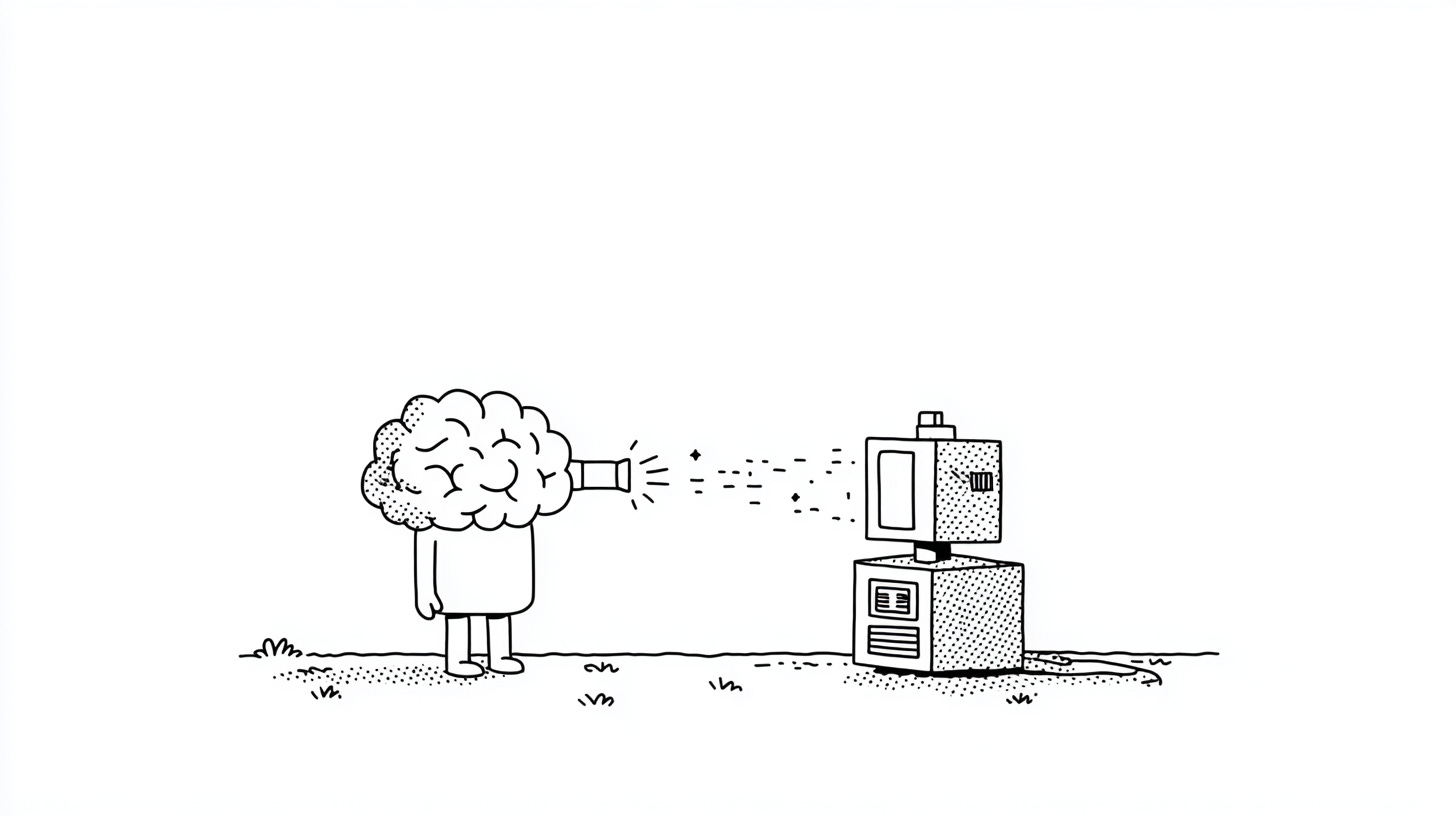
The growing belief in perennial philosophy, desire for achieving transhumanism, space exploration and technological singularity also comes with the baggage term “self.” At which point do we draw a line between teleporting and transference of consciousness to a new body? Especially when we know but can’t agree on what consciousness is?
Brother: Did you really download my sister’s consciousness into that body? Is it her?
Corporate man: Those are two different questions. One is practical and the other, well, that’s the real existential crux. She is a prototype for a transhuman product, which, once refined, will create human immortality. This makes her the next evolutionary step between our animal past and our transhuman future.
B: She’s still a human being.
C: No. She’s not. Not anymore.
– Alien: Earth (S1E4)
Consciousness is a question of beliefs and context
Let me preface this section with a big fat warning.

Figuring out consciousness is a scientific meme, exactly because of its vagueness, or as one of the Most Influential People in the World Steven Pinker put it:
"In the end I still think that the hard problem is a meaningful conceptual problem, but agree with Dennett that it is not a meaningful scientific problem. No one will ever get a grant to study whether you are a zombie or whether the same Captain Kirk walks on the deck of the Enterprise and the surface of Zakdorn."
— Steven Pinker
The smartest people of philosophy, religion and science had spent thousands of years fiddling over the answer, which ended up being: “fun, but inconsequential.”
With that out of the way, I’ll briefly summarize a few views so we have common grounds for talking about “self” or interchangeably consciousness.
Clinical science view is the easiest to grasp, as it ties “self” to awareness and brain activity. Imagine your generic medical TV show in which a patient is being rolled in on a stretcher. The doctor shines a flashlight into the patient's eyes and talks to them to get some response. The patient has awareness when their eyes are wide open, answers questions, with bonus points for witty jokes about their current situation. In the opposite situation, when the patient is not responding, yet is showing brain activity, they are unconscious, therefore without consciousness. When there’s no answers and no brain activity, the doctor stares at the clock on the wall, then on their Rolex watch and after a dramatic pause proclaims the patient dead.
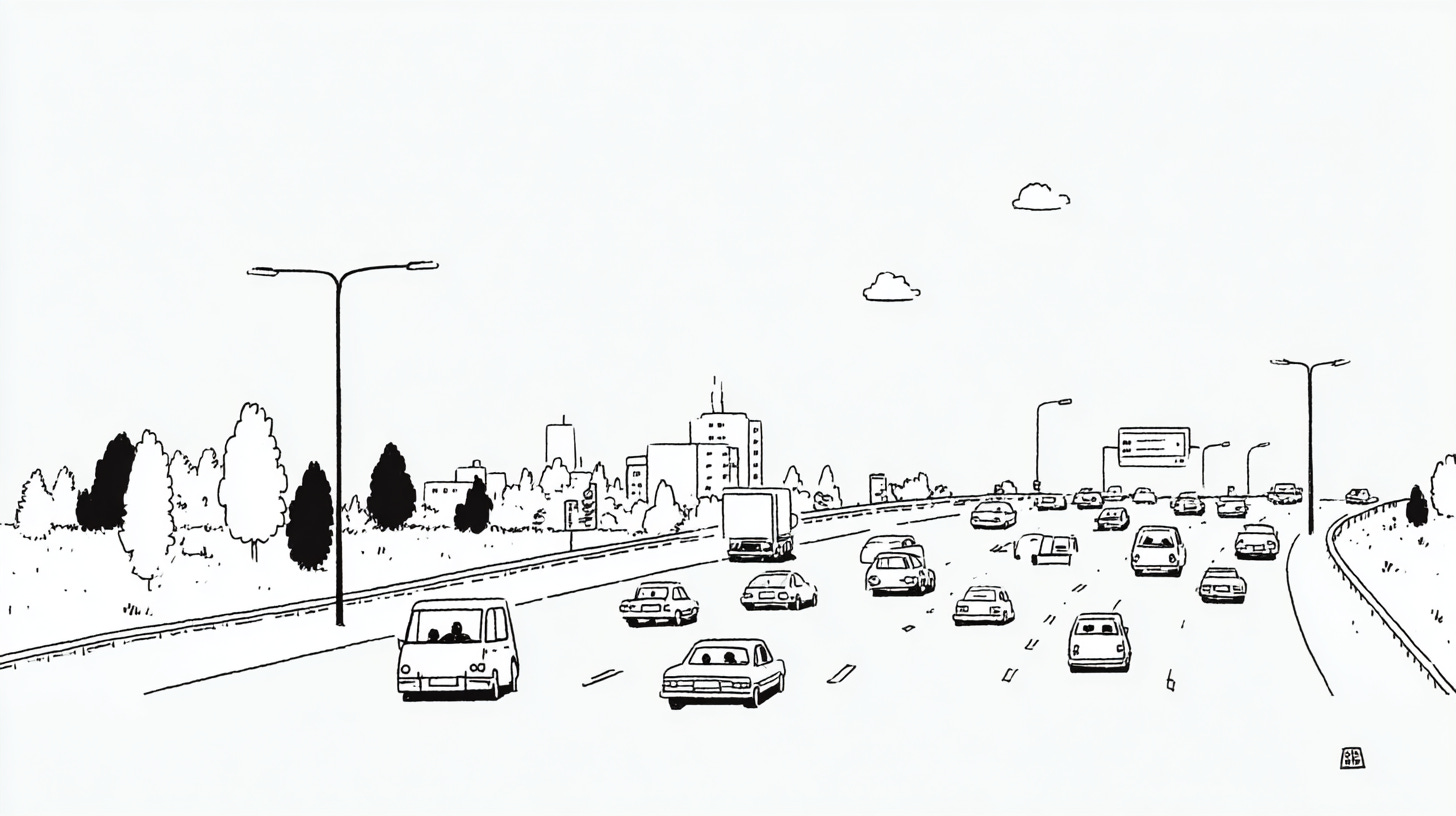
Neuroscience believes to eventually explain consciousness as a biological process. This is the common popular science belief in which neurons firing through our neural pathways define who we are. No evidence exists to prove that. Our brain is proven to run all cognitive functions, from movement to vision and speech. If what you do is who you are, then your “self” is defined by neuroscience.
Theoretical science is building proofs and mathematical theorems to explain what makes one’s "self.” There’s two major theories:
Integrated Information Theory (IIT) measures in a very complicated way the total observed and experienced stimuli, which puts “self” on a spectrum, rather than being an on/off switch, like when we go to sleep. Global workspace theory (GWT) returns to the idea of what we pay attention to forms our consciousness.
Embodied cognition studies provide the most tangible example of “self” in the Rubber Hand Illusion. During this experiment a fake hand is placed in front of the participant while their real hand is hidden out of their sight. Initially both hands are tickled with a feather in synchrony which remaps the feeling onto the fake hand. When the real hand stops being tickled, the participant can still feel the feather on their skin, proven by fMRI results.
As expected, hard science keeps its understanding grounded around the existing, the tangible and observable. Then we have the can of worms called PHILOSOPHY and RELIGION, which stray from what you can see into what you can imagine. And discuss. Forever.
While most people have a strong intuition for the existence of what they refer to as consciousness, skeptics argue that this intuition is too narrow, either because the concept of consciousness is embedded in our intuitions, or because we all are illusions.
Philosophy's shortest definition of “self” is “whatever you feel it is” or “an illusion.”
Religion takes even broader strokes, depending on where in the world you are. Buddhism would also consider “self” as non-existent or an illusion. Christianity and Islam go along with eternal “soul” or “ruh” (spirit) that’s given by God to exist within your physical body. Confucianism leaves Western individuality behind and embeds “self” into a social and ethical role of a child, parent, or a ruler. Shinto looks for harmony with the spirits of nature, while Daoism explains everything with alignment to the natural patterns.
Finally, closely attached to all of the above is personal identity. How does my “self” presents itself outside its shell and what makes it different from the “self” of my neighbor?
An unsolved problem in the philosophy of consciousness is how it relates to the nature of personal identity. This includes questions regarding whether someone is the "same person" from moment to moment. If that is the case, another question is what exactly the "identity carrier" is that makes a conscious being "the same" being from one moment to the next.
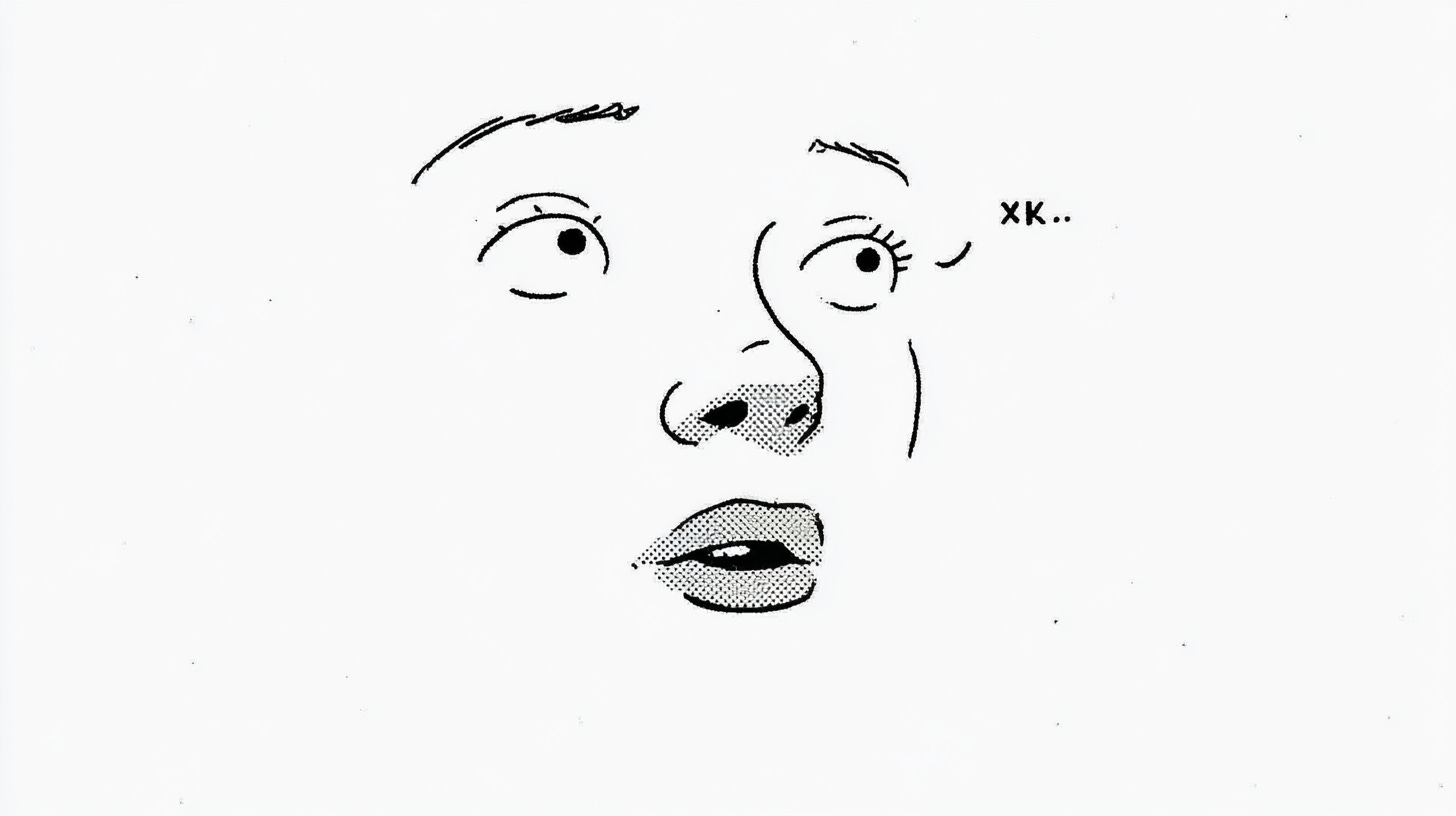
So yeah, finding “yourself” truly is hard, regardless if you are a confused ministrant, confused philosopher going through a midlife crisis, or a confused Joe the Consumer feeding social media with all its attention in return for the perfect product ad.
For our exploration of omnipresence “self” and consciousness is one and the same:
- It’s some kind of a unique pattern
- It can persist outside its body (or other shell)
- It requires attention of varying degrees to persists
Being present
Explaining what “being present” means, could result in another long detour, so instead let's make it simple for us and go with the usual “whatever I am giving attention to,” or “where” and “when” our “self” is.
I don’t have to be somewhere physically, to be present. While my high school teacher might have disagreed, it’s extremely common.
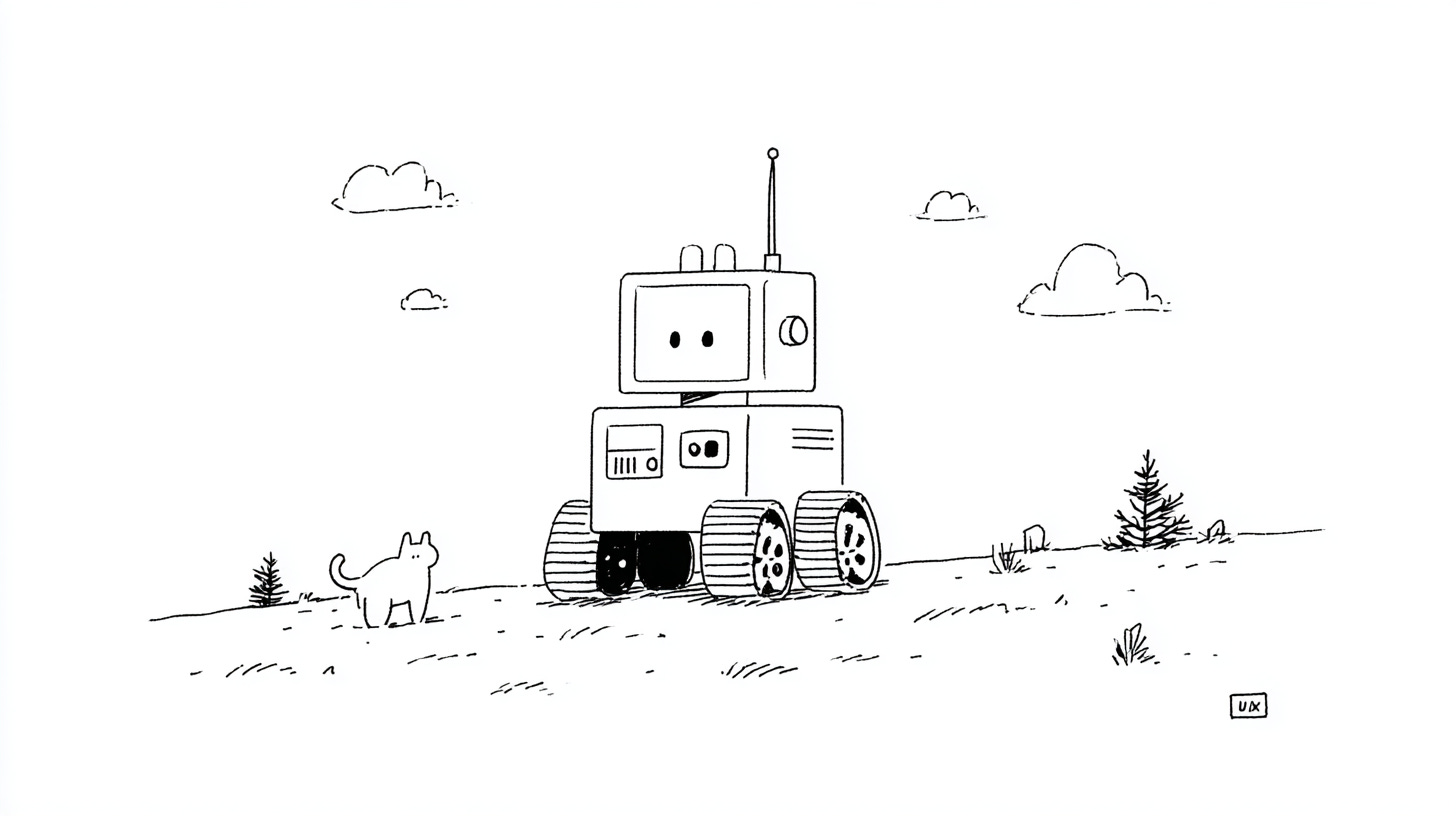
I could be transported to an enticing fantasy where I cheer for the hero (or likelier the villain), watch a live stream with a poppy pop idol, embody an avatar of a complete opposite to my identity in a videogame, or drive a remote controlled rover four hundred million kilometers far on Mars. In every instance, my body stayed where it was, but my attention wandered somewhere else.
And I think that’s pretty prettyyy cool.
Presence exists across a spectrum.
While cool, it’s not quite the true omnipresence though, is it?
My attention skips around, but never splits to do two things at once. In fact, I can breathe, eat, and walk all at the same time, but the moment I focus on my breathing, it consumes all my attention and becomes my present.
People can be present across a wide range of places and time, by shifting their attention, through a combination of storytelling, imagination, embodiment, and empathy. What does this Presence Spectrum™ look like?
🤷♂️
Just like with everything else so far, there’s no “one right way” which is a beautiful opportunity to take a sensible stab at it. For example in relation to your “self”:
- You are not present
- You are not there, only hear a story (imagination)
- You are not there, observed (sense a proof)
- You are there through a proxy (device, avatar), observed
- You are there through a proxy, participated
- You are there, observed (proximity)
- You are there, participated (skin)
- You are present everywhere
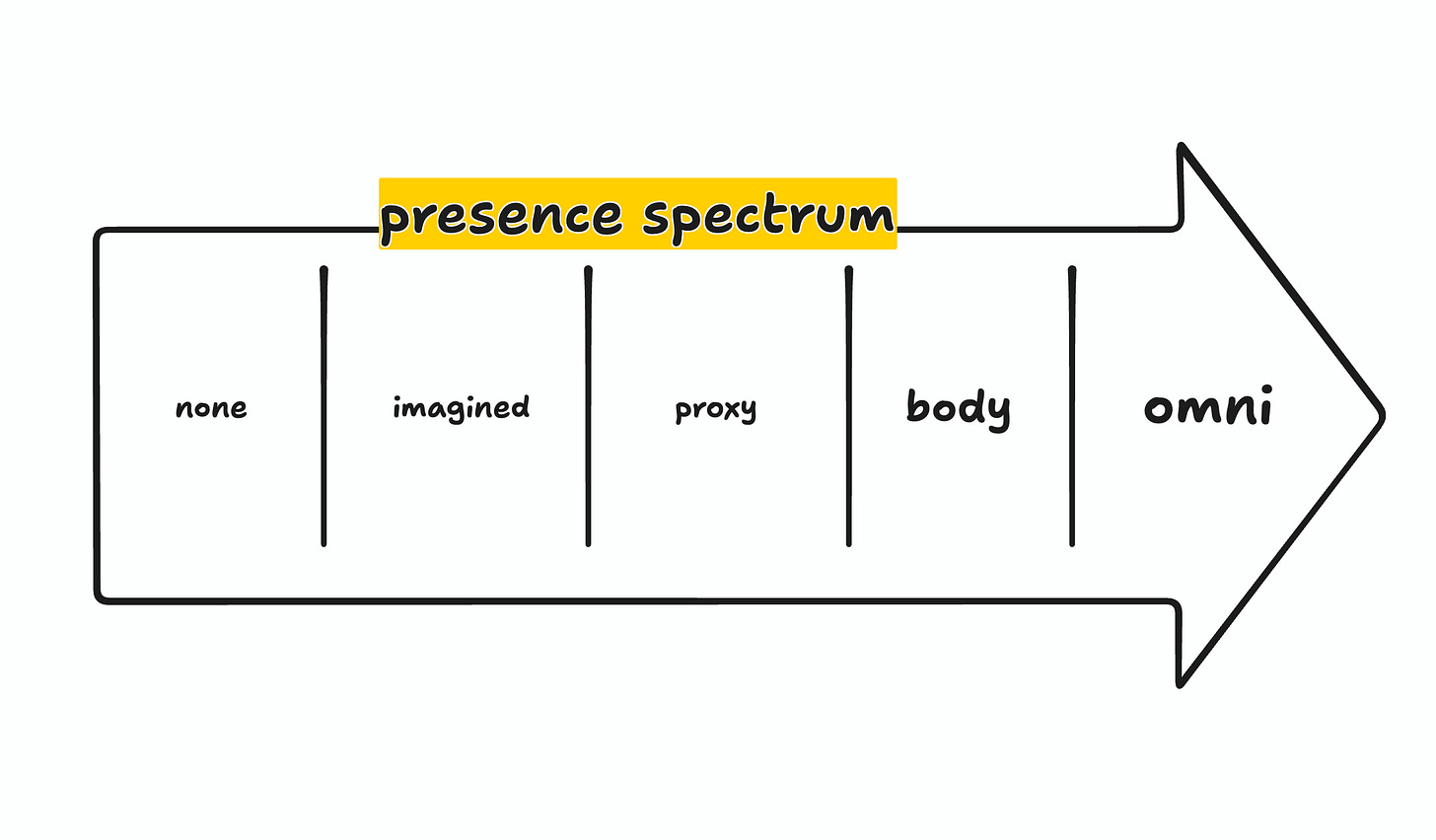
Adventure with Bob on the spectrum
You are not present means exactly what it says. Your “self” or body of any shape or form is nowhere near the said place, time, or event. Things happen and you might never learn about them. This complicates your life if you think the world revolves around you, but I think most of us can just move on.
But while you were not present for wherever that was, your good friend Bob was. And Bob is a journeyed storyteller. “It was a dark and stormy night,” Bob begins and has you rethink his storytelling qualifications, “...our jeep with punctured tires, smoking engine, and no drinkable water left, barely makes it back to the camp,” he finishes his wild adventurous story. Almost as if you were there, on the scrappy expedition, with Bob.
Bring extra tires, water and DON’T GET LOST, noted for your own future adventure. Storytelling at its finest exists to share a lesson; empathy makes it a lesson to remember. It’s our one way, how we try to not die.

“Wait! Let me show you the photos.” Bob’s that kind of a guy, who likes to tell a story before showing it. I’m all “WOW” and surprised “Actually?!” as I eye the proof of his adventure, my distrust over some of the dramatic details disappears. More mental notes scribbled down.
“The expedition is still going on. I was going to call them just before I bumped into you.” He’s definitely just showing off at this point. Bob punches his phone, on the screen appears a face of a woman. Not quite sure if she’s covered in mud, or if it's the pixelated connection. “Alice? Can you hear me? Hello.” Delay.
“Bob, how’s…” says Alice, breaking up immediately. The signal clears up, as the camera angle switches from Alice’s face to a wide panorama of the beautiful jungle inlaid with a clear meandering river. I feel like I’m there. Alright, Bob, you got me, I’m going too.
One thirty eight hour long trip later, I’m physically standing next to Alice. There’s the jungle. There’s the river. I can feel the humidity on my skin, bugs buzzing in my ears, hastily done vaccinations pumping in my veins, and smell the local fauna, including Alice. Cool.
Technology is a cheat code for our presence
What started as a few words in just the right order, eventually got hijacked by technology, transporting you across time and half the planet. Something that would take a whole lot of effort, or cost your life, to do without the lessons and knowledge shared by everyone (including Bob).
Trial and error is THE big way you and I learn how not to die, be comfortable, and philosophize about the meaning of our existence until we die anyway.
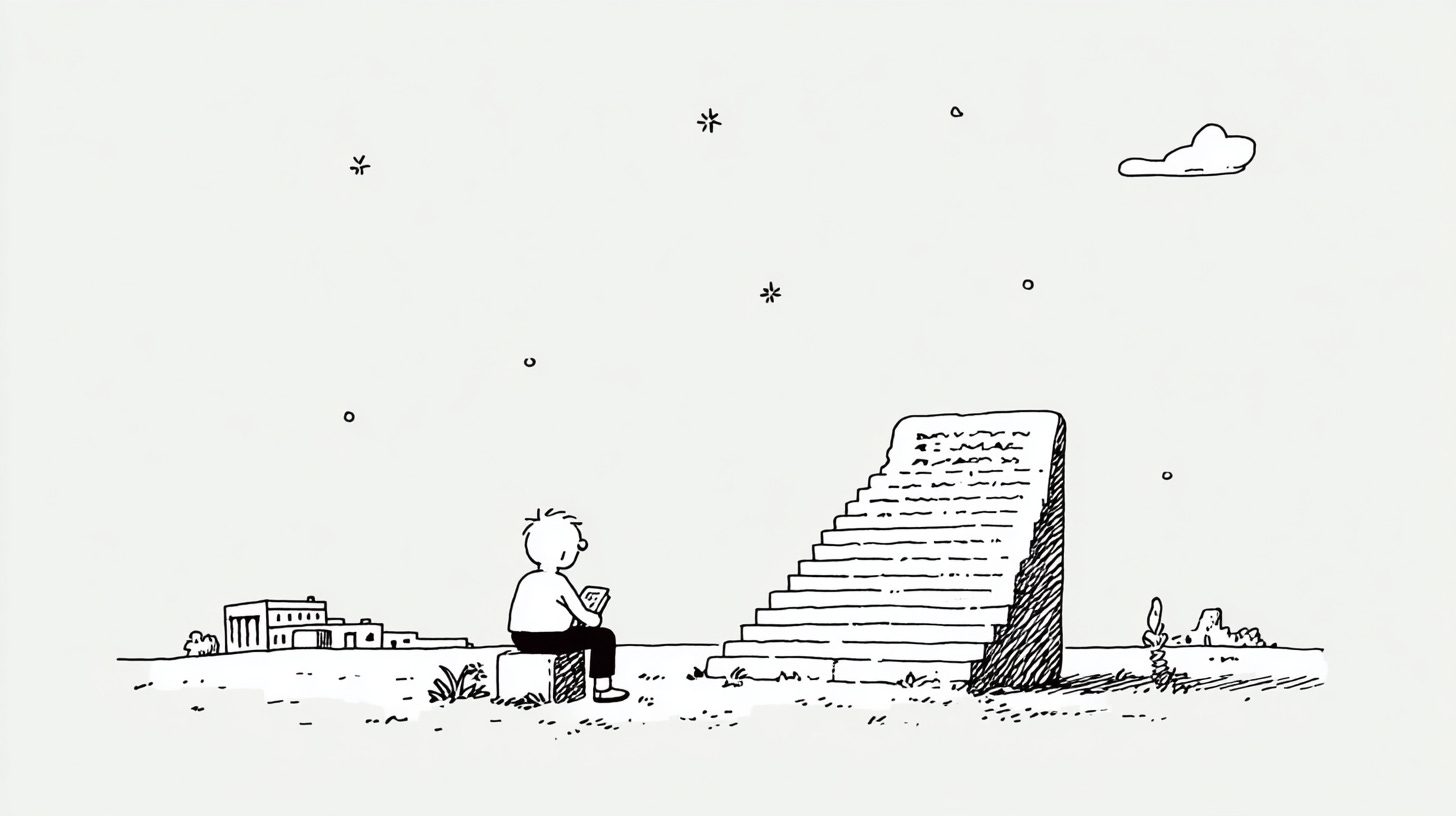
Five thousand years ago someone chiseled into clay tablets their losses and victories, infatuations and heartbreaks, fear of life and impending death. Someone else learned from it a tiny bit, added their own two cents and on and on it still goes. We just replaced clay for atoms naked to the eye.
Technology is the most natural way for us to go past our born limits. Writing has long dead authors speak to future generations, the internet lets us be in overwhelming many places at once, and artificially intelligent robots explore the killer level radiation-filled space instead of us.
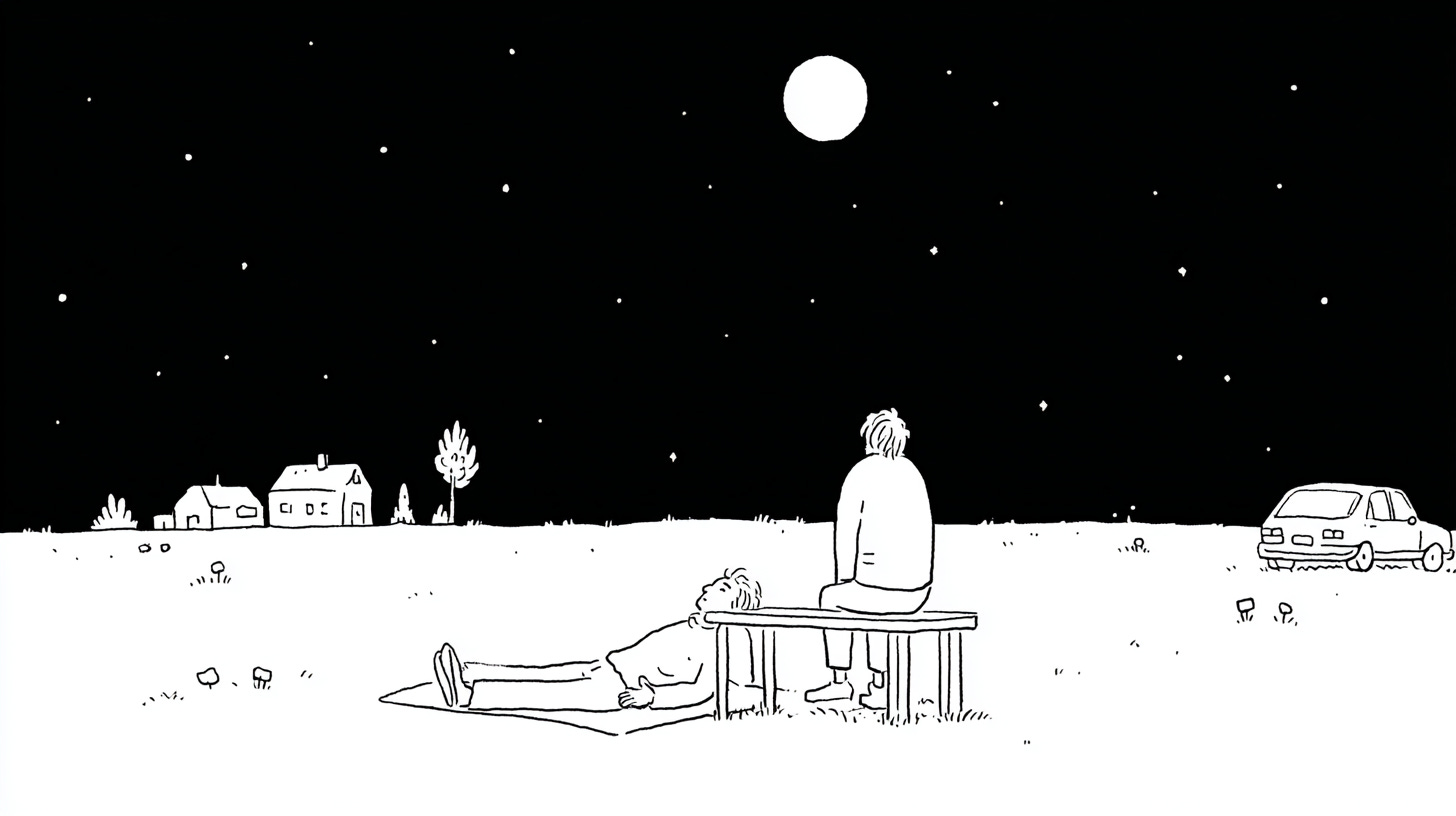
Our fragile bodies tempt us to build ourselves a new shell with a few extra screws.
In the digital reality we speed through new identities, while videogames let us socialize, compete, and gain social status without consequence. Simulations (that we might already live in or not) are run ad infinitum to explain all the complexity that our slow processing power cannot.
In the analog reality we dream of disregarding Einstein theories so we can whizz around in quantum entangled Star Trek transport. There’s a chase to build a shell that doesn’t age, can be easily repaired, is physically stronger, and mentally faster. Maybe an organic body, maybe synthetic, maybe a little bit of both. A body that rationally succeeds our current frail form. A body that we can stuff with our “self” or the better version of “self” and ship it out express across the universe.
“What did you say?”
being present, but not really
Ok.
I know that was a lot.
Let's bring it back to Earth.
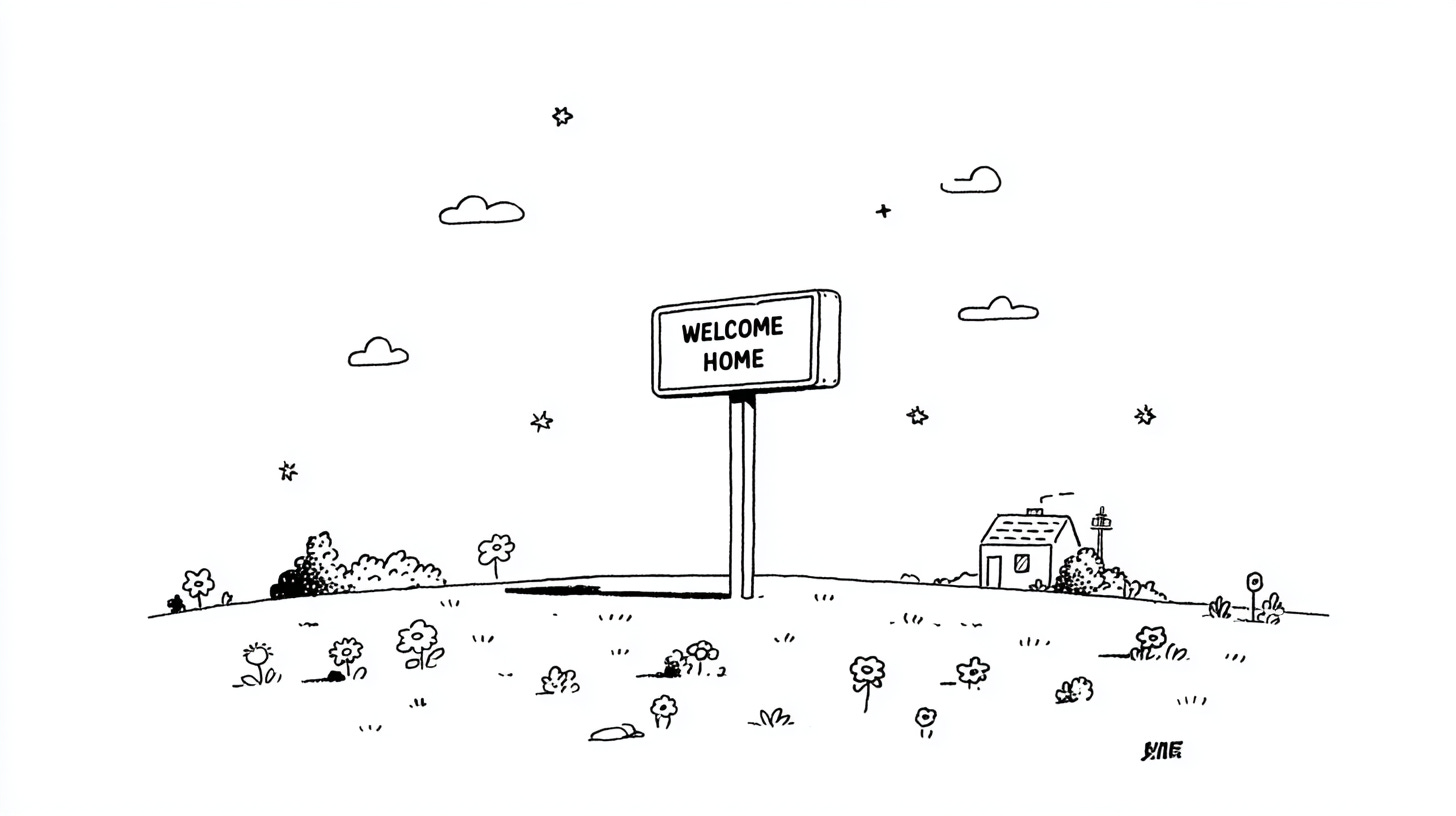
If you are like myself, you constantly split your attention between work, entertainment, dreams and hopes, the past and the future. And with some breathing practice the present.
True omnipresence is having your full attention across many places. Stories, digital simulations, and artificial intelligent replicas are powerful proxies but only ever kinda omnipresence. They don’t feel, well, “real.”
Proxying is never as good of a substitute for having lived through something yourself. There's an undeniable benefit of experiencing something for yourself, in your own skin. Case in point: Having sex beats phone sex beats hearing about sex beats reading about sex.
Let's say we’ll figure out how to plop out “self” and stuff it to a new body. This new body is maybe physical like a robot or a fast lab grown genetic copy. Maybe we’ll have a digital replica living out the endless luxuries of the Metaverse. By all definitions our “self” then exists wholly in several places at once, which lets it be attentive and present many times over. True omnipresence.
Once we get to that point we can forever discuss Theseus's Paradox, or instead have fun exploring an exciting new way of life. On Monday be a human, on Tuesday a different human, on Wednesday, I don’t know, a race car?
Like we’ve collectively agreed that “hello” is a greeting, name is something you identify another person by, or that money has any value whatsoever. Similar to the identity discussion, you can just be whatever “self” you want, and it should be fine. Your friends and parents get used to it. The world moves on to another thing to chat about.

Except, when there’s two of your “self,” who’s the original, who’s the copy? Who has to pay the bills? Who gets to sleep in your bed? Who’s kids are your kids? I think fiction overdramatizes this, simply because it’s a fun question for boring lawyers.
The big lesson of all 2,788 words above (thanks for reading by the way!) is this: Omnipresence has the scary potential to give us an answer to everything, for the heavy price of our wonder. We say we want the ultimate answer, but in reality…
"You're really not going to like it," observed Deep Thought.
"Tell us!"
"All right," said Deep Thought. "The Answer to the Great Question..."
"Yes..!"
"Of Life, the Universe and Everything..." said Deep Thought.
"Yes...!"
"Is..." said Deep Thought, and paused.
"Yes...!"
"Is..."
"Yes...!!!...?"
"Forty-two," said Deep Thought, with infinite majesty and calm.”
— Douglas Adams, The Hitchhiker’s Guide to the Galaxy
What Did You Say?
A series about dreams, defiance, narcissism, identity, and assholes. But really a look at how different people preferring different technologies can coexist.
Summary
Preamble: Why should you care about attention
Chapter 1: Sex, music, alcohol, and defiance
Chapter 2: Promise
Chapter 3: The night Cinderella died
Chapter 4: How to be a narcissist without being an asshole
→ Chapter 5: Being everywhere all at once